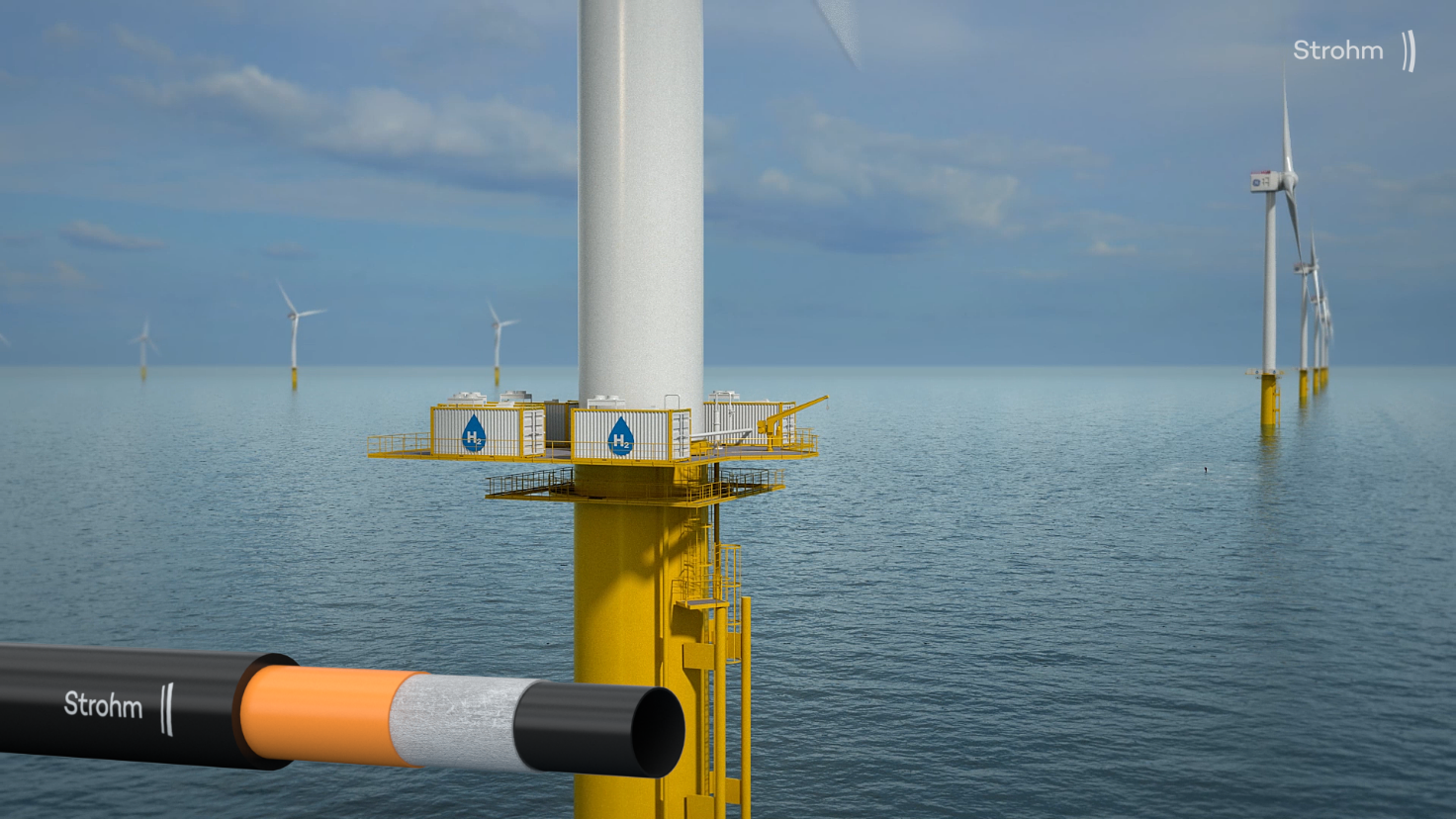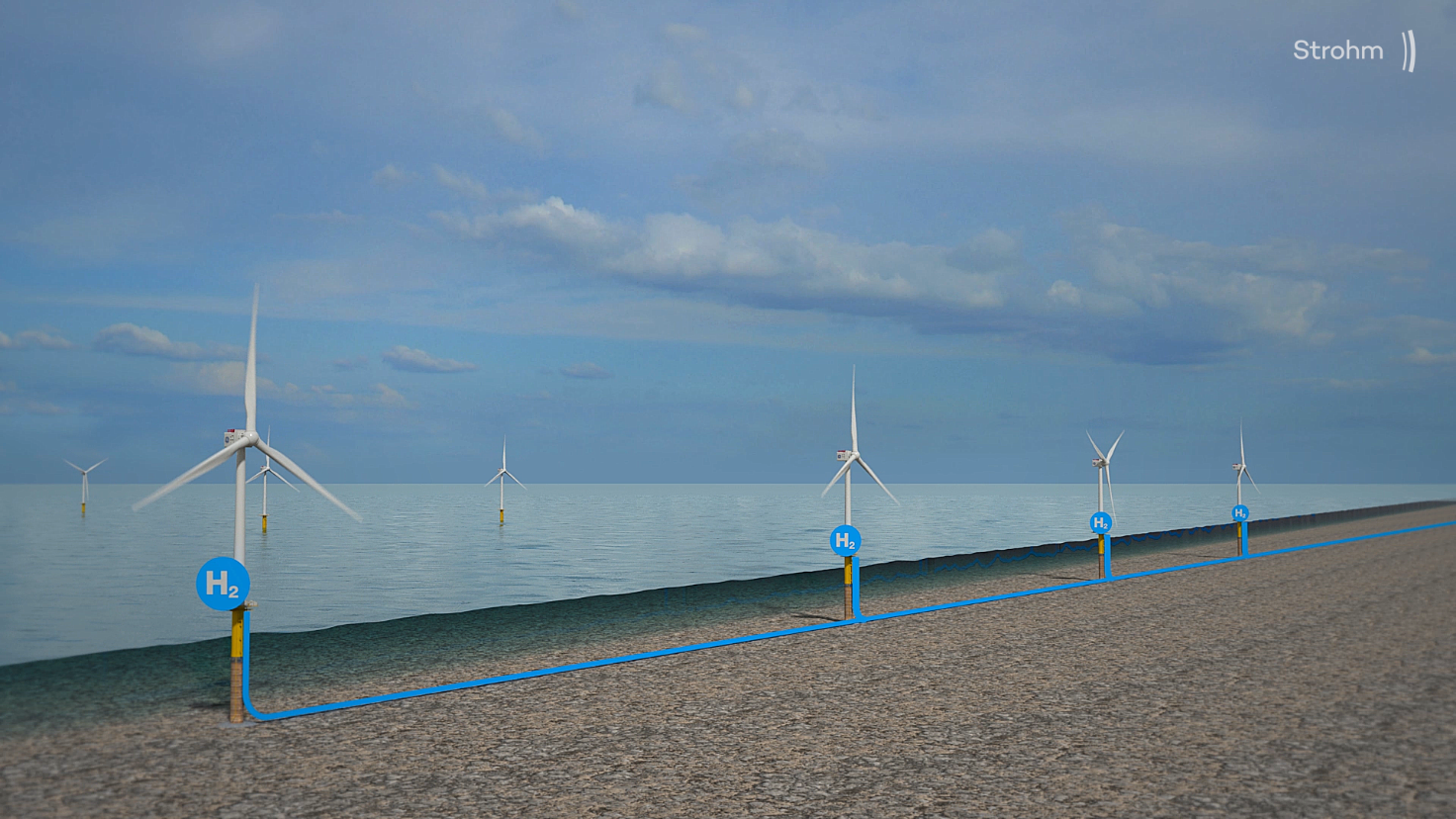The Role of Thermoplastic Composite Pipelines in Offshore Hydrogen Transport
Abstract
In addition to the ecological and geopolitical drivers which steers the energy transition away from oil and gas, there are 3 main drivers that promote the development of offshore hydrogen production:
- Green hydrogen (produced from solar and wind) is rapidly becoming competitive to fossil fuels, enabled by:
- Continuing reduction in cost of renewable power
- Improved efficiency and reduced cost of electrolysis
- Taking electrolysis offshore solves issues of:
- Grid integration of the massive planned additional and variable offshore produced electrical power
- Siting and permitting of new shore landings and onshore infrastructure (substations)
- Offshore electrolysis is more cost effective than onshore electrolysis, through:
- Improved efficiency: less conversion loss, lower transportation loss of hydrogen compared to electricity
- Lower capex: energy transportation cost with pipelines is much, much lower in cost compared to transportation by electrical cable. A pipeline is lower in cost and can transport up to 10 times more power than a high voltage electrical cable of similar size
- Lower capex: no high cost offshore electrical converter stations nor substations are needed
Offshore green hydrogen production will be developed in three ways:
- Utilizing existing offshore infrastructure, retrofitting electrolysers. This type of project will typically be developed to pilot the new technologies.
- New developments with centralized electrolysers located on stand-alone platforms.
- New (large) developments with decentralized electrolysers integrated in the wind turbine.
Ultimately, it is the third concept, decentralized hydrogen production, that will lead to the lowest cost of hydrogen production from wind energy. It will be the basis for the industrialization of offshore hydrogen production with a standard ‘island-mode’ wind-turbine with integrated electrolyser connected with a hydrogen pipeline to an export pipeline to shore.
Fully bonded Thermoplastic Pipe (TCP) technology is the ideal solution to connect the wind turbines, effectively replacing today’s electrical array cables with TCP array piping. TCP has a field proven and robust pipe construction and is in-sensitive to corrosion and hydrogen embrittlement. It has a very low permeation rate for hydrogen. It has a long service life without maintenance, can be installed with simple, cost-effective and proven installation methods and has a low total cost of ownership.
This presentation will further expand upon the technical differentiators of TCP relative to other forms of pipeline. It will also explain the advantages of decentralized offshore wind power generation and the role TCP can play in the infield transportation of hydrogen in such a scenario.
 |  |
Location: Building 19, Level 3, Hall 1-2.
Speakers
Fabienne Ellington
VP Middle East & Asia-Pacific at Strohm